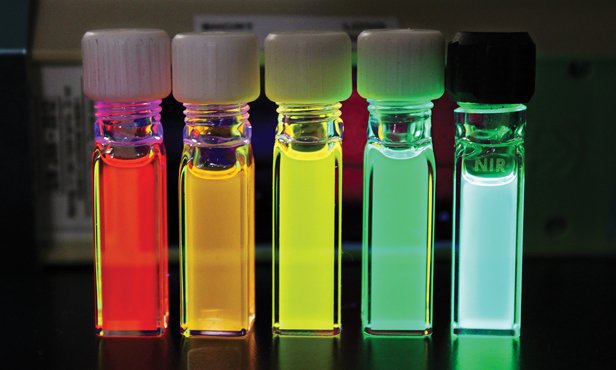Nanotechnology & materials
Prashant Jain
Tuning nanocrystals to make tinier, more efficient switches for optical computing and solar panels
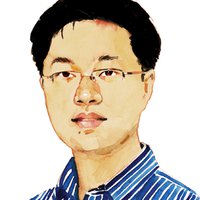
Global
Bozhi Tian
Artificial tissue that can monitor and improve health down to the level of individual cells
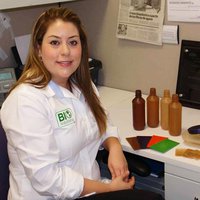
Latin America
Ana Laborde
Sustainable bio plastics made from tequila waste products
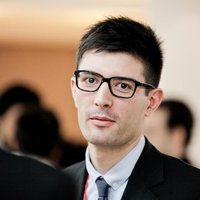
Europe
Matthieu Sonnati
Eco-friendly and fast-drying paints made with biological material
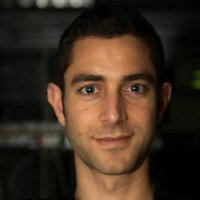
Europe
David Fattal
A revolutionary 3-D display to provide a new look to moving images
